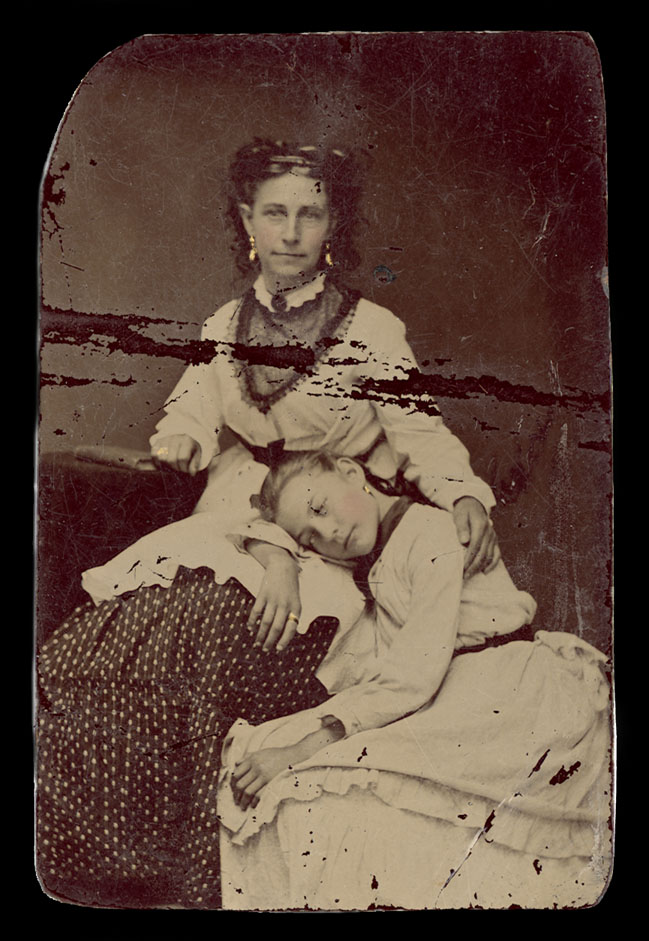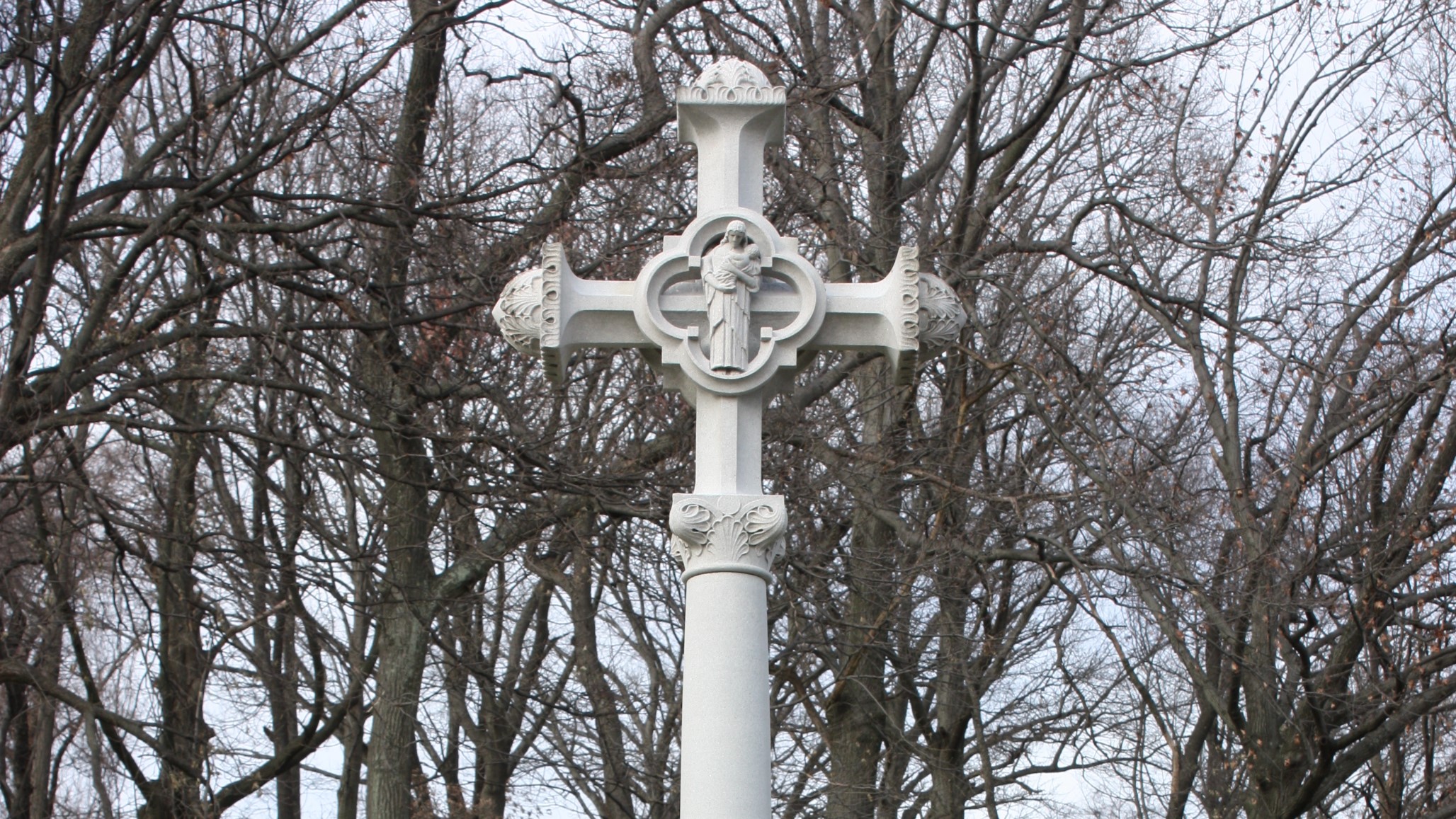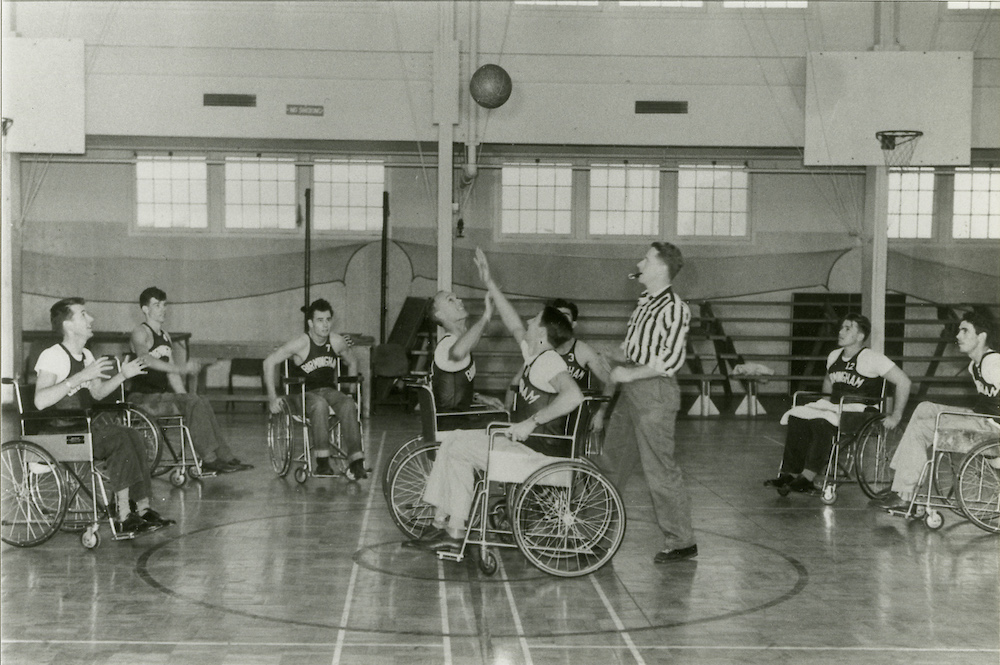
In 1776, the fledging American government passed the first national law compensating soldiers and sailors disabled in the Revolution, but it was slower to make any provisions for widows. Not until 1780 did the Continental Congress approve a resolution awarding widow’s pensions to women who lost a spouse in the war and this act only applied to the widows of officers. Under the terms of the law, the widow was to receive half her husband ’s pay for seven years from the time of his death, which is the same pension the officer would have been granted after the war if he had lived and served for its entirety. In the 1790s and early 1800s, Congress periodically passed new laws providing half-pay pensions for widows of officers who lost their lives while serving but reduced the duration to five years.
Prior to the War of 1812, the federal government paid little heed to the plight of women whose deceased husbands did not reach the rank of commissioned officer. In the immediate aftermath of the war, Congress finally began offering pensions to the wives of all service members who died in action. This policy continued in subsequent wars. Congress also took to renewing pensions after the five-year period expired and then made them a lifetime benefit before the Civil War. One element of the law that remained largely unchanged throughout the nineteenth century, however, was the process for submitting a claim. To qualify for a pension, the widow had to provide documentation about her husband’s military record and cause of death. She also had to furnish evidence of their marriage. Court or church records were the preferred form of proof, but pension officials would also accept affidavits from family members or acquaintances or even a family bible inscribed with the date of their marriage.
Through the 1820s, widow pensions were reserved for women whose husbands died as the direct result of their military service. In 1832, however, Congress decided to grant full pay for life to all surviving Revolutionary War Veterans who had served for two or more years and a lesser amount if they had served for at least six months. In 1836, a full fifty-three years after the war ended, the government extended the same benefit to their widows. Initially, women qualified for the pension only if they were married at the time of the war, but later amendments to the law first relaxed and then dispensed with this requirement altogether. Widows of men who fought in the War of 1812, the Mexican War, and on the Union side in the Civil War also became eligible for pensions after lengthy interludes of time, although the wives of Union Veterans got off relatively easy compared to their Revolutionary War and War of 1812 counterparts. While the latter had to wait more than 50 years before they could seek a widow’s pension, Congress began accepting claims from the former in 1890, a mere twenty-five years after the conflict ended.

A woman forfeited her widow’s pension when she remarried, although she could seek its reinstatement if her new husband died. An unintended consequence of this rule was that some widows who found a new partner opted for cohabitation rather than marriage in order to continue collecting a pension from the government. Then there was the reverse situation. The dispensing of the requirement to be married at the time of service also led to many May to December romances between elderly Veterans and women decades younger. Such marriages benefitted both parties. The aging Veteran gained companionship and care in his final years, while his youthful bride stood to gain a widow’s pension after his passing.
By Jeffrey Seiken, Ph.D.
Historian, Veterans Benefits Administration
Share this story
Related Stories
History of VA in 100 Objects
In the waning days of World War I, French sailors from three visiting allied warships marched through New York in a Liberty Loan Parade. The timing was unfortunate as the second wave of the influenza pandemic was spreading in the U.S. By January, 25 of French sailors died from the virus.
These men were later buried at the Cypress Hills National Cemetery and later a 12-foot granite cross monument, the French Cross, was dedicated in 1920 on Armistice Day. This event later influenced changes to burial laws that opened up availability of allied service members and U.S. citizens who served in foreign armies in the war against Germany and Austrian empires.
History of VA in 100 Objects
Basketball is one of the most popular sports in the nation. However, for paraplegic Veterans after World War II it was impossible with the current equipment and wheelchairs at the time. While VA offered these Veterans a healthy dose of physical and occupational therapy as well as vocational training, patients craved something more. They wanted to return to the sports, like basketball, that they had grown up playing. Their wheelchairs, which were incredibly bulky and commonly weighed over 100 pounds limited play.
However, the revolutionary wheelchair design created in the late 1930s solved that problem. Their chairs featured lightweight aircraft tubing, rear wheels that were easy to propel, and front casters for pivoting. Weighing in at around 45 pounds, the sleek wheelchairs were ideal for sports, especially basketball with its smooth and flat playing surface. The mobility of paraplegic Veterans drastically increased as they mastered the use of the chair, and they soon began to roll themselves into VA hospital gyms to shoot baskets and play pickup games.
History of VA in 100 Objects
After World War I, claims for disability from discharged soldiers poured into the offices of the Bureau of War Risk Insurance, the federal agency responsible for evaluating them. By mid-1921, the bureau had awarded some amount of compensation to 337,000 Veterans. But another 258,000 had been denied benefits. Some of the men turned away were suffering from tuberculosis or neuropsychiatric disorders. These Veterans were often rebuffed not because bureau officials doubted the validity or seriousness of their ailments, but for a different reason: they could not prove their conditions were service connected.
Due to the delayed nature of the diseases, which could appear after service was completed, Massachusetts Senator David Walsh and VSOs pursued legislation to assist Veterans with their claims. Eventually this led to the first presumptive conditions for Veteran benefits.






